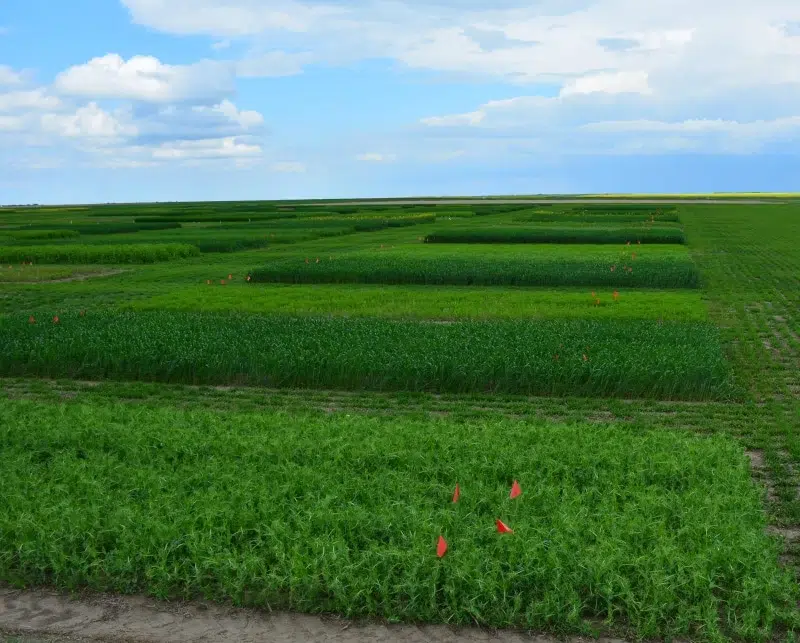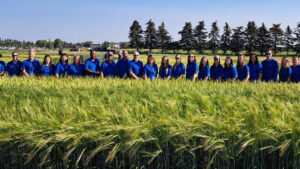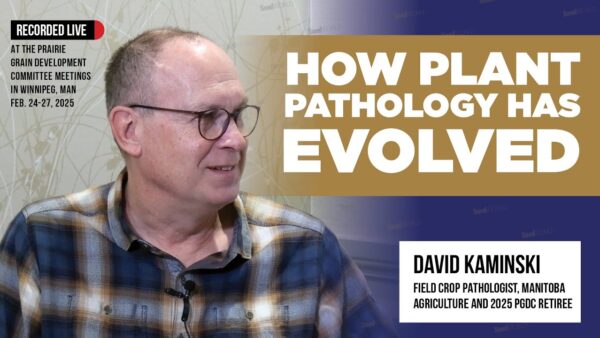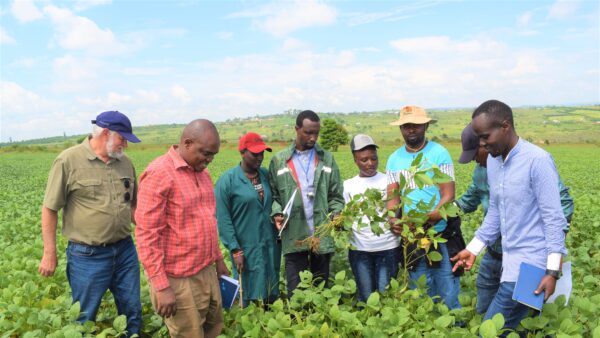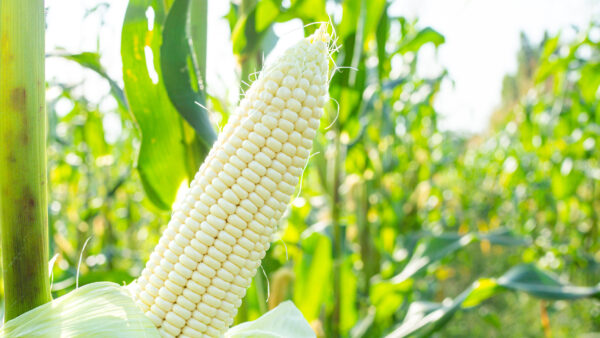Crop rotation is a fundamental aspect of modern agriculture, offering numerous benefits such as disease control, improved soil health, and enhanced crop yields. However, in some regions, the practice of crop rotation has become simplified, leading to potential long-term consequences for the future of the seed industry.
Two separate initiatives are highlighting the importance of diversifying crop rotations in Canada.
- The Resilient Rotations project took a comprehensive approach to assess crop rotations in the Prairie provinces. The project is part of the Integrated Crop Agronomy Cluster and is evaluating various crop rotations to help create more productive, sustainable, and resilient cropping systems on the Canadian Prairies. It’s led by Kui Liu, research scientist with Agriculture and Agri-Food Canada> with Sheri Strydhorst of Sheri’s Ag Consulting leading extension for the project.
- At the same time, the Diverse Field Crops Cluster (DFCC) recently completed the first phase of its project to support the research and development of high-potential, special crops that have a potentially important place in rotations throughout the Prairies. The DFCC is spearheaded by Ag-West Bio and helmed by Project Manager Carol Ann Patterson.
The Resilient Rotations project covered the northern and southern Prairies of Alberta and Saskatchewan as well as sites in Manitoba’s Red River Valley. The focus was on key crop performance indicators, including yield, yield stability, economics, efficient use of precipitation and nitrogen fertilizer.
According to the study’s findings, crop rotations on the Prairies are tight. The simplicity of these rotations can be attributed to several factors, including workload management, farm size, ease of logistics, and economic considerations, says Sheri Strydhorst of Sheri’s Ag Consulting, who leads extension for the project.
“For a farmer with a larger operation, managing a straightforward rotation can streamline processes and reduce logistical complexities. Economic incentives may encourage you to stick with familiar and profitable crops, especially when the rotation is yielding positive financial returns.”
The problem is that tight rotations can lead to several challenges in the long run. One major concern is the increased risk of soil-borne diseases, such as clubroot and blackleg in canola. Continuous cultivation of a host crop promotes the buildup of pathogens in the soil, potentially reducing crop yields and profitability.
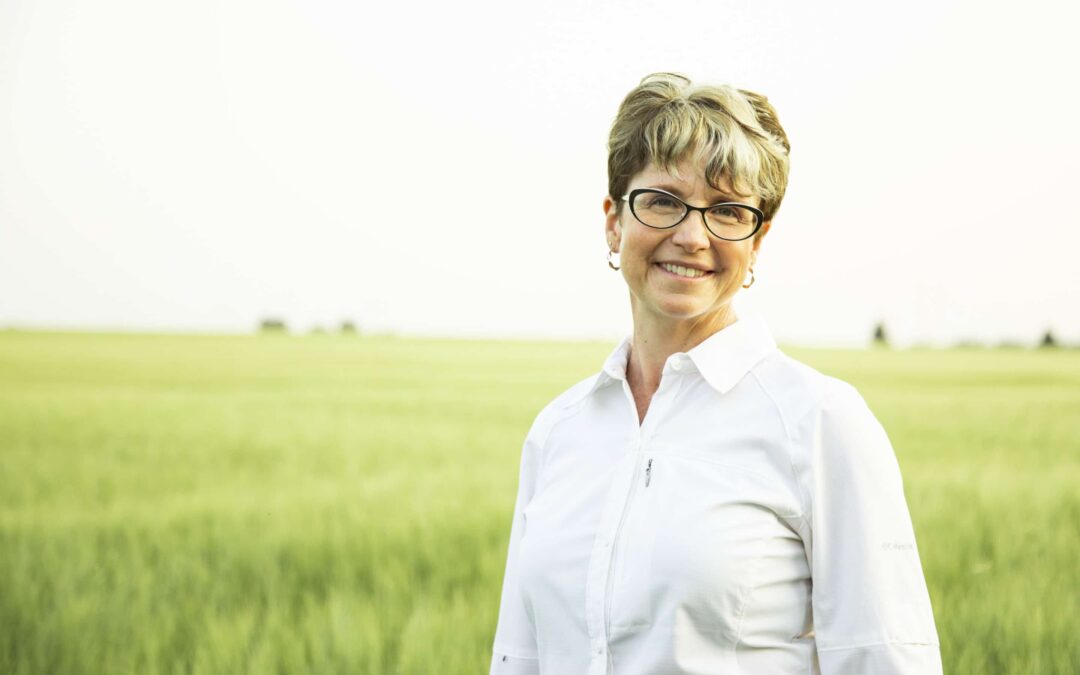
“Incorporating diverse crops into rotations can address these challenges and offer numerous advantages,” Strydhorst adds.
“Embracing change can be challenging. Balancing short-term economic gains with long-term sustainability is a complex decision, but this study has shown us the importance of taking small steps towards diversification. Incorporating new crops into rotations can help manage risks effectively and ensure the continued health and productivity of farms.”
If, for instance, a farmer has been adhering to a wheat-canola rotation across all their acres for the upcoming cropping season in 2024, Strydhorst’s advice would be to take a small step beyond that comfort zone. Perhaps consider implementing a wheat-barley-canola rotation on one field. Then, looking ahead to 2025, introducing a pea-wheat-canola rotation on another field could be a feasible goal. The idea is not to become overwhelmed by the changes but to gradually incorporate them into the routine.
Diversifying rotations can be achieved by gradually adding elements like winter cereals or expanding the repertoire of cereals used, such as including both wheat and barley. Over time, these small steps can accumulate and lead to a more diversified and resilient rotation system. While progress might be slow, change will come.
Why Diversify Rotations?
- Including nitrogen-fixing legumes or pulses in rotations enhances soil fertility and reduces dependence on nitrogen fertilizers, which are expensive and impact the environment
- Diverse rotations contribute to weed suppression and more sustainable soil practices, ensuring the long-term health and productivity of crops
Identifying Diverse Field Crops

In the ever-evolving landscape of agriculture, innovation and diversity are key factors in ensuring a sustainable and thriving future. Enter the Diverse Field Crops Cluster (DFCC), poised to reshape the agricultural horizon by nurturing the growth and potential of a unique set of crops: flax, carinata, camelina, canaryseed, sunflower, hemp, quinoa, and mustard.
At its core, the Diverse Field Crops Cluster is a collaborative endeavour driven to propel the research and development of high-potential specialty crops. Spearheaded by Ag-West Bio, a leading bioscience industry association, this initiative has garnered substantial backing from Agriculture and Agri-Food Canada’s Canadian Agricultural Partnership Program, alongside committed contributions from industry partners. This collective support is a testament to the significance of DFCC’s goals and the potential it envisions.
The DFCC is committed to bringing together diverse industry stakeholders and research experts. By aligning these forces, the cluster seeks to seize untapped market opportunities and expedite the expansion of both cultivation areas and market returns for these unique crops.
“This project has been more than just a research initiative; it’s been about raising awareness about the importance of diversified agriculture and supporting these underrepresented crops,” says Carol Ann Patterson, project manager for the DFCC.
“As a food scientist by training, I’ve been able to contribute insights from the value-added perspective, considering how these crops can be incorporated into the food industry and beyond.”


